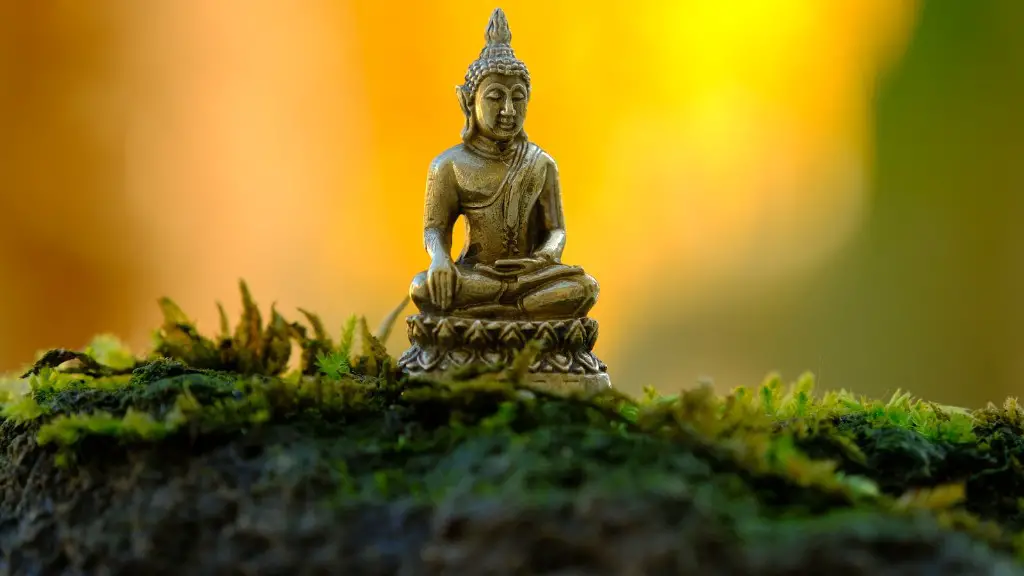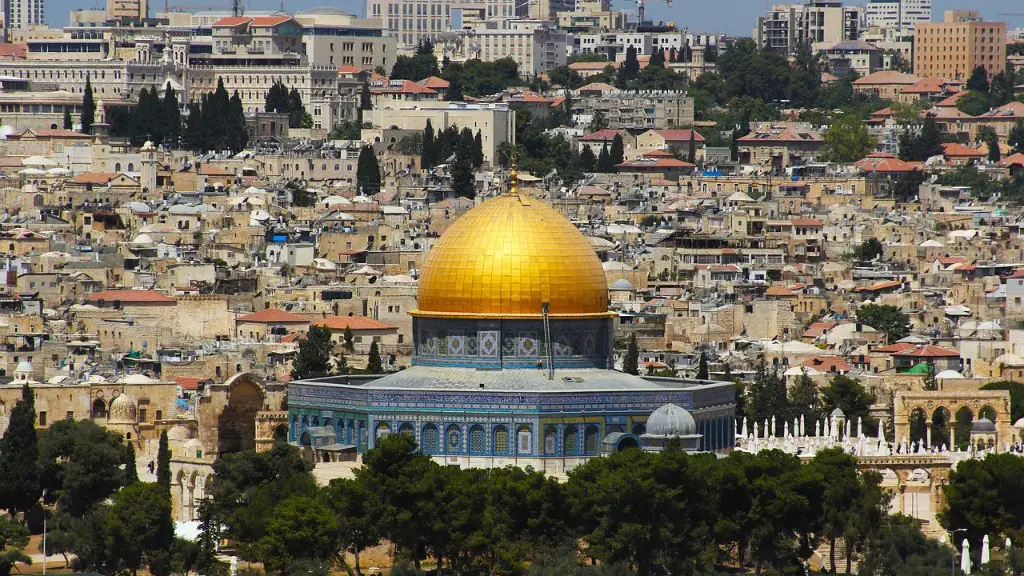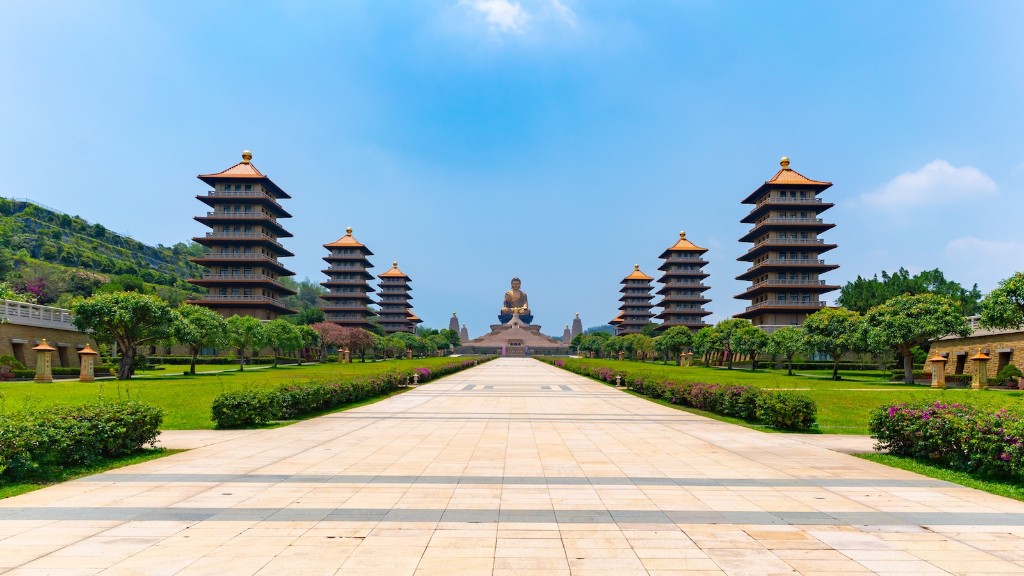There are many different branches of Buddhism, each with its own unique doctrines and practices. So how do you know which one is right for you? The best way to find out is to explore the different options and see which one resonates with you the most. Try attending some classes or meditation sessions offered by each branch, and see which one feels the most natural and comfortable for you. Everyone is different, so there is no correct answer when it comes to finding the right branch of Buddhism for you. Just go with your gut and follow your heart.
There is no single correct answer to this question since each individual’s needs and preferences vary. However, some general advice would be to consider what specific goals you hope to achieve through your practice of Buddhism, and then choose a branch that best aligns with those goals. For example, if you are seeking to develop greater self-awareness and compassion, you might want to consider the Theravada tradition. Or if you are interested in exploring the mystical aspects of reality, you might be drawn to the Mahayana tradition. Ultimately, the best way to find out which branch of Buddhism is right for you is to explore different options and see which one resonates most deeply with your own values and aspirations.
Which is better Theravada or Mahayana?
Buddhism is a religion that is based on the teachings of Siddhartha Gautama. He was born in Nepal in the 6th century BC and was a prince. He left his palace and family at the age of 29 in order to find a way to end suffering. He spent six years meditating and studying different philosophies, but he was not satisfied. He then had a series of realizations that led him to his own conclusions about the nature of reality and how to end suffering.
The first major branch of Buddhism is Theravada. This tradition stresses the importance of the monastic life and the need to follow the monastic rules (vinaya). The goal of Theravada Buddhism is to achieve individual liberation from suffering through one’s own efforts. This is done through the practice of meditation and the development of wisdom.
The second major branch of Buddhism is Mahayana. This tradition stresses the importance of helping others to achieve liberation from suffering. The goal of Mahayana Buddhism is to achieve Buddhahood, which is a state of perfect wisdom and compassion. This is done through the practice of giving (dana) and the development of bodhicitta, which is the altruistic mind of enlightenment.
So
Anyone can be a Buddhist. You don’t have to be born into it or have Buddhist parents. You can come from any race, country, or background. If you want to identify as a Buddhist, you can participate in a ceremony called taking refuge in the Triple Gem.
What is the difference between Theravada Mahayana and Vajrayana
Vajrayana Buddhism is sometimes seen as a more “advanced” form of Buddhism, due to its focus on tantric practices and its use of more powerful ritual objects and symbols.
East Asian Buddhists constitute the numerically largest body of Buddhist traditions in the world, numbering over half of the world’s Buddhists. East Asian Mahayana began to develop in China during the Han dynasty (when Buddhism was first introduced from Central Asia). The Chinese developed their own form of Mahayana, which spread to other East Asian countries like Korea, Japan, and Vietnam. East Asian Mahayana is characterized by its focus on the Bodhisattva ideal, in which beings strive to become Buddhas in order to save all other beings from suffering. This tradition also emphasizes the importance of the Buddha-nature, the inherent potential of all beings to attain Buddhahood.
Why is Mahayana better than Theravada?
There is a key difference between Theravada and Mahayana Buddhists when it comes to their views on samsara. Whereas Theravada Buddhists strive to become Arhats and gain freedom from the cycle of samsara, Mahayana Buddhists may choose to stay in the cycle of samsara out of compassion for others. This difference in perspective is one of the things that sets these two types of Buddhism apart.
The Mahayana branch of Buddhism is the most popular form of Buddhist practice in Japan today, with over 53% of practitioners compared with 36% for Theravada and just 6% for Vajrayana. Mahayana Buddhism is based on the teachings of the Buddha and is characterized by its emphasis on compassion, loving-kindness, and altruism.
What is forbidden as a Buddhist?
Buddhism teaches that all life is sacred and that we should respect all living beings. The precepts are a set of basic guidelines for how to live in a way that respects all life. The precepts are commitments to abstain from killing living beings, stealing, sexual misconduct, lying and intoxication. By following the precepts, we can learn to live in a way that is in harmony with all life.
In Buddhism, the word “pāpa, apuñña” or sin stands for the evil elements that defile the mind and have a deadening effect on the psyche. These elements prevent the mind from achieving upliftment and cause suffering. Therefore, it is important to remove them from the mind in order to achieve liberation.
Can I be a Buddhist and drink alcohol
Buddhism teaches that alcohol and other drugs can lead to carelessness and should be avoided. Strong Buddhist beliefs would lead one to expect a significant impact on alcohol use.
Mahayana Buddhism is a branch of Buddhism that emphasizes the possibility of Enlightenment for all beings. It is also sometimes called Northern Buddhism, in contrast to Theravada Buddhism, which is sometimes called Southern Buddhism. Zen is a type of Mahayana Buddhism that originated in China, but was later developed in Japan. It places emphasis on the possibility of achieving sudden enlightenment through meditation and direct experience. Zen also has a strong connection with nature, which is another characteristic it shares with Mahayana Buddhism in general.
Why is Vajrayana so different?
Tantric Buddhism, also known as Vajrayana Buddhism, is a branch of Mahayana Buddhism that developed in India during the 6th century CE. Vajrayana means “the diamond vehicle” or “the thunderbolt vehicle”, referring to the power of the tantric teachings to liberate one from the cycle of rebirth. The major difference seen by Vajrayana thinkers is the superiority of Tantric methods, which provide a faster vehicle to liberation and contain many more skillful means (upaya) than the other Buddhist schools. The importance of the theory of emptiness is central to the Tantric Buddhist view and practice.
Tibetan Buddhism evolved as a form of Mahāyāna Buddhism stemming from the latest stages of Indian Buddhism (which included many Vajrayāna elements). It thus preserves many Indian Buddhist tantric practices of the post-Gupta early medieval period (500 to 1200 CE), along with numerous native Tibetan developments.
What religion is most similar to Buddhism
Buddhism and Hinduism share the same goal of liberation or spiritual enlightenment from the cycle of rebirths (samsara). Both religions teach that the way to achieve this goal is through intense meditation and prayer. In Buddhism, there is also the added element of Buddha’s Eightfold Path, which is a guide to ethical and moral living.
It is understandable that some Asian scholars and Buddhists may resent the focus on convert Buddhism in the United States. After all, Asian Buddhists have been in the US for over five generations, and family-rooted religious practice is still the most popular form of Buddhism in the country. However, it is important to remember that the US is a very diverse country, and that there is room for all types of Buddhism to be practiced here.
What type of Buddhism is Zen?
Zen is a very important tradition in Mahayana Buddhism, and it emphasizes simplicity, present-moment awareness, nonduality, and nonconceptual understanding. Zazen, or “just sitting” meditation, is the most important practice in Zen, and it is said to help one attain enlightenment.
The Pāli Canon is the most complete Buddhist canon surviving in a classical Indian language, Pāli, which serves as the school’s sacred language and lingua franca. In contrast to Mahāyāna and Vajrayāna, Theravāda tends to be conservative in matters of doctrine (pariyatti) and monastic discipline (vinaya).
What would Theravada Buddhism like you to do
The Theravada life is one that is committed to Enlightenment. In order to achieve this, followers are expected to live a life of abstinence from all forms of evil and to accumulate all that is good. Additionally, they must purify their minds through meditation and concentration. The ideal road to Enlightenment is to dedicate oneself to full-time monastic life; however, this is not always possible for everyone.
Mahayana Buddhism is a branch of Buddhism that stresses the importance of helping others achieve liberation and enlightenment. Mahayana followers believe that everyone has the potential to achieve Buddhahood, and they aspire to not only liberate themselves from suffering but also help others achieve liberation. This compassion for others is one of the defining characteristics of Mahayana Buddhism.
Warp Up
There is no single answer to this question as different people will have different opinions on what is the “right” branch of Buddhism for them. Some people may prefer a more traditional and conservative form of Buddhism, while others may prefer a more liberal and progressive form. There is no wrong answer, as long as the form of Buddhism that you choose is one that you are comfortable with and that you feel is beneficial to your spiritual practice.
There is no easy answer when it comes to finding the right branch of Buddhism for you. Each person is different and will find different things appealing in each branch. Ultimately, it is up to the individual to explore each branch and decide which one feels right for them.




